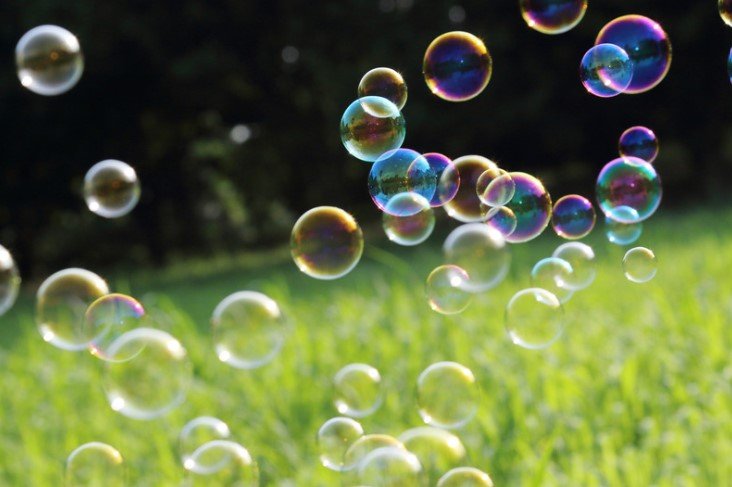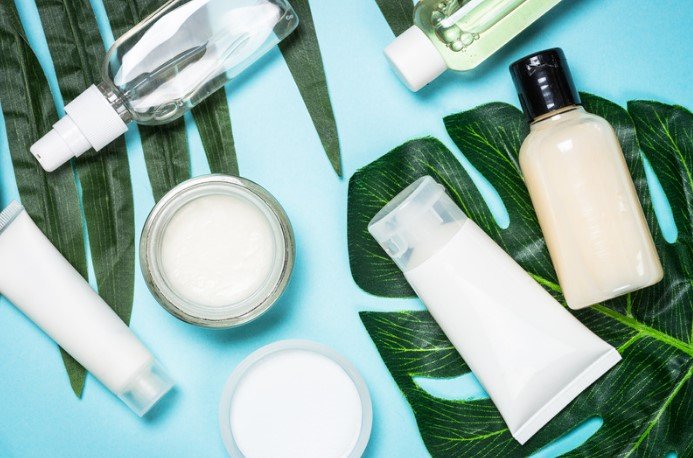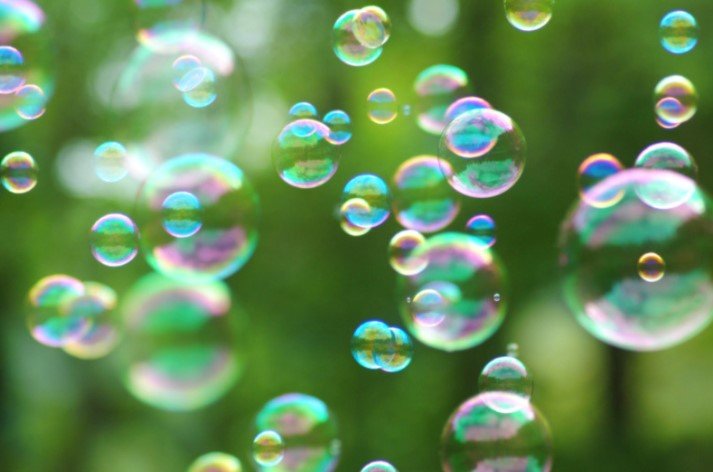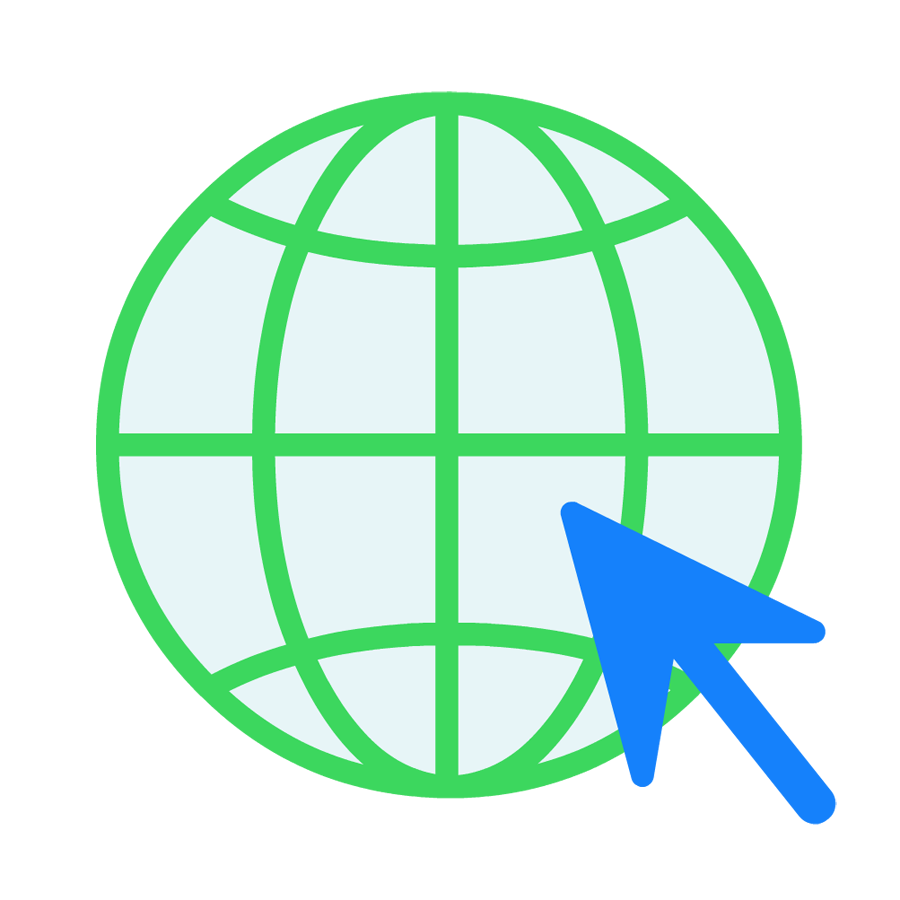Surfactants part 4 - Natural surfactants

Surfactants Part 4 - Natural surfactants
1. Introduction
In the first parts of this series of blog posts on surfactants, we discussed the basic principles of surface-active agents; Surfactants part 1 - What is a surfactant what they are, how they work, and what their functions are. In Surfactants part 2 - Types of surfactants and Surfactants part 3 - Surfactant subtypes we also talked about the four main surfactants groups (anionic surfactants, cationic surfactants, amphoteric surfactants, nonionic surfactants) their differences, and their different use cases.
In this part of the blog, we will discuss the upcoming world of natural, green, eco-friendly, and plant surfactants. We will look at the regulations currently in place regarding when something is officially a ‘’natural’’ surfactant. We will also look at some examples of natural surfactants and organic surfactants.
2. Surfactants of the future
Like all other parts of a final product’s formulation, great advances have also been made to develop mild surfactants that are efficient in cleaning or conditioning while not being an irritant. In the past decade, some surfactants have been slowly on their way out. Traditionally harsh surfactants like Sodium Lauryl Sulfate (SLS) and Sodium Laureth Sulfate (SLES) used to be used in almost every personal care product, shampoos, facial cleansers, body washes, almost every product used to contain at least one of the two. These are now being replaced by gentle anionic surfactants that are less harsh like Docusates and Isethionates. Another example is Cocamide Diethanolamine (Cocamide DEA), this was used similarly as other diethanolamides as foaming agents in shampoos, soaps, shower gels, and many more. Nowadays you will rarely see this product anymore, with good reason, Cocamide DEA is now recognized as an irritant and has therefore almost completely been replaced by Cocamidopropyl Betaine (CAPB). These are just a few examples of a shift in the personal care and cleaning industries. While the efficacy of the surfactants is still very important, irritancy and safety are now equally as important, if not more so; More harsh surfactants are being replaced by more skin friendly and less irritating alternatives.
3.1. Move to more natural surfactants.

This shift towards clearly better surfactants can also be seen in the origin of the materials. Biodegradable and ecofriendly surfactants are on the rise, with more and more alternatives popping up every year. Fewer and fewer surfactants are being made from unrenewable sources like petroleum and its derivatives. New surfactants make use of coconut oil, sustainable (RSPO) palm oil, and other vegetable oils. The surfactant class of Alkyl Poly Glucosides (APGs) was first described some 20 years ago, but in recent years this class has really shown its usefulness and therefore has been growing in popularity. Amino acid surfactants have also been talked about for almost two decades, but only in the last 5 years have people realized the potential in these surfactants. These have therefore been growing in popularity as well, especially in the personal care industry.
On a similar note, a lot of manufacturers, not just in personal care or cleaning, have been moving away from plastic in their formulations and in their packaging. Almost all the classic surfactants (SLS, SLES, Cocamide DEA, etc.) are liquid. This poses new challenges because paper packaging and liquids do not go all that well together. Solid products are a good solution to this problem but require the product to be made mostly out of solid ingredients. Hand soaps and body soaps used to only be sold in bar form, until liquid forms came to be, and people realized that these are marginally easier to use. Shampoos and hair conditioners in solid form are a relatively new thing though. These products are often made using surfactants in solid form like isethionates in different forms like powdered or granulated. Other products are a little more complicated to turn into a solid product, things like a facial cleanser. Some solid forms exist of these, but the vast majority of facial cleansers are still liquid, and this goes for quite some products.
3.2. What is a natural surfactant?
The subject of natural ingredients is a relatively new and complicated one. Colloquially, what is and isn’t natural is dependent on the context and the culture. Most people will agree that trees are natural, but people might not be so quick to say that paper is natural, even if it is derived from a tree. In a similar way, quite a few items on the market today claim to be natural, while some people would say that that is not true. Surfactants are very much the same, not all natural surfactants are actually natural.
This is obviously a big cause for confusion and concern for both industry professionals and customers of final products. In order to get rid of some of the confusion, vagueness, ambiguity, and outright false advertising, the International Organization for Standardization (ISO) created an international standard: ISO16128.
ISO16128 describes when something is natural or organic, and when it is not. Because the definition for organic is heavily dependent on the country or region and its local regulations, we will focus on the definition for natural. For this blog, we will also vastly simplify the definitions used by and in ISO16128.
A natural ingredient is an ingredient that is made from plants, fungi, algae, minerals, animals, or micro-organisms. It can also be obtained from any of the beforementioned as long as it’s obtained by physical processes (like distilling, grinding, or drying), by fermentation producing molecules present in nature, or by other procedures as long as there are no chemical changes intentionally happening.
Something can also be made or obtained from natural products, but chemically modified. If these ingredients are at least 50% made of natural ingredients, then you can call these products ‘derived natural’ or ‘naturally derived’.
3.3. Natural surfactants and derived natural surfactants
Now that we have some more clarity on the different definitions, we can go back to surfactants. To this day, sadly, almost all surfactants in use are not natural. However, a lot of surfactants are now (becoming) increasingly derived natural. More and more surfactants based on natural products are being made. Surfactants like alkyl polyglucoside surfactants (APGs), amino acid surfactants (AASs), and some other surfactants like Sodium Coco Sulfate are often derived natural, depending on the process through which they are made.
While the vast majority of commonly used surfactants are not natural, yet. Some promising research is being done and will continue to be done on completely natural surfactants. These studies are still relatively early-stage research so it will be some time before we can use real natural surfactants in personal care applications, but it is still a very exciting step towards natural surfactants and natural cosmetics.
4. Examples of (Derived) Natural Surfactants and their Origins

A lot of popular natural and derived natural surfactants today are derived from plant materials like coconut, (RSPO) palm or palm kernel oil. Lauryl glucoside and coco glucoside are excellent derived natural non-ionic surfactants. Cocamidopropyl betaine (also known as coco betaine) was, as the name might suggest, an originally coconut based amphoteric surfactant. Nowadays Cocamidopropyl betaine is more often made from palm or palm kernel oil. These surfactants derived from coconut oil and other plant-based oils are often much milder surfactants than the traditional sulfates. Of course, amphoteric and nonionic surfactants are milder surfactants than anionic surfactants in general, but the ones derived from palm and coconut oil are even more mild and excel because of their gentle cleansing ability. Many of these relatively new, very mild surfactants are excellent for products geared especially towards people with sensitive skin.
5. Conclusion
Truly natural surfactants are sadly not a big thing yet. However, derived natural surfactants like APGs, AASs, and other natural surfactants from plants are growing in popularity, and more options are coming up every day. Another change for the better is the increased resistance to plastic packaging. Using other types of packaging opens up many possibilities for surfactants in solid form. Having said all this, the truth is that a couple of the classic surfactants like SLS and SLES are still very widely used, because they are so popular, they are often cheaper and more readily available than their newer, greener counterparts. It will take some time to see a difference, but a change towards green, ecofriendly alternatives is definitely happening in the surfactants industry.
For now, this is the final blog post in this series about surfactants. If there are noteworthy developments in the field of surfactants, most likely regarding natural surfactants, we will add additional blog posts.
Questions, comments, thoughts?

Job van Eijndhoven
 +31622626424
+31622626424
 job@ingrecore.com
job@ingrecore.com

